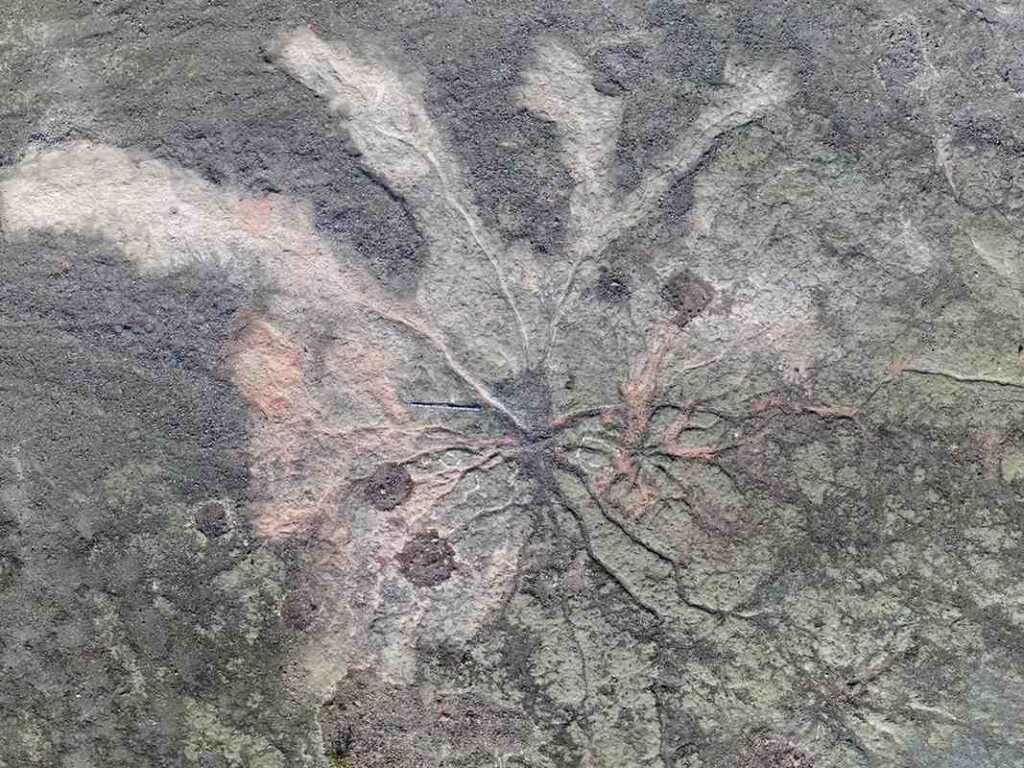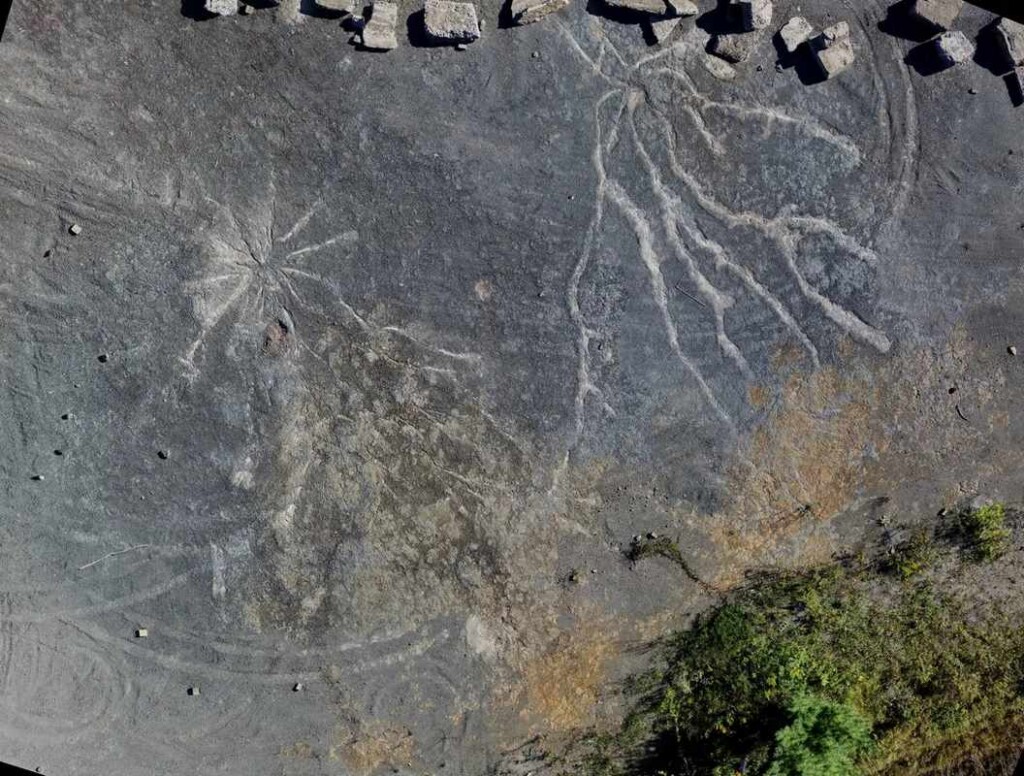

Trees were one of the oldest dominant life forms on Earth, but the most important component of a tree, the roots, are currently shrouded in evolutionary mystery: when they first evolved, how they evolved; these are unanswered questions.
In New York’s Catskill mountain range, a fossilized forest is clueing in paleobotanists as to the origins of woody deciduous trees, and answering, if only partially, some of these questions.
The ancient woodland is 385 million years old. While their trunks have long since turned to dust, their root systems mineralized underground, and the imprints seen today outside Cairo, New York, look remarkably similar to those of our own forests today.
Yet they belong to a different sort of dendron, as they were species that predate the rise of seed disperses. The authors of a study on these Devonian root systems conclude trees came upon the strategy of roots early on, and have stuck with it essentially until our present time.
Belonging to the genus Archaeopteris, the roots branch out in sturdy and intricate patterns, were more able to guzzle up water and nutrients than the roots of other plants at the time, and also offered the support and solidity we associate with trees today.
While seemingly obvious, this was a radical new way for trees to live back in the mid-Devonian when Archaeopteris was evolving. The other dominant genera all had spindly, fast-growing roots that would be replaced over short intervals.

While Archaeopteris wasn’t a seed-bearing tree, it had a large thick trunk that allowed it to grow both tall and wide, and broad leaves to soak up as much nutrients as possible. Combined with the roots, it shows this Devonian tree ancestor had a serious metabolic engine.
YOU MAY ALSO LIKE: Nature’s Famous Spiral is Coded into 400 Million Years of Plants–But Not in This New Fossil
Nearby the forest at Cairo, another fossilized forest called Gilboa has long been thought to be the oldest in the world. But despite being separated by only 25 miles, the two ecosystems had several differences. Gilboa is filled with Eospermatopteris fossils, a genus that resembled tree ferns and which grew fleshy, hollow trunks, fronds instead of leaves, and the spindly roots mentioned above.
Eospermatoperis may have succeeded in colonizing much of the world, but it was Archaeopteris that actually changed the world.
Giant crowns of leaves sopped carbon from the air, storing it in giant woody trunks and in deep woody root systems. The roots burrowed, and died, deep underground, altering the chemical makeup of the world’s soils forever. The leaves shaded the ground, preventing moisture and life from burning up under the sun’s rays. The whole Earth would have been experiencing a reverse of what it’s experiencing today as trees are cut down, carbon is released, and the ground is exposed to UV light.
MORE PALEOZOIC HISTORY: Long Before Trees Overtook the Land, Our Planet Was Covered by Giant Mushrooms
The Devonian experienced a prolonged period of glaciation resulting from the global cooling of so much carbon leaving the atmosphere, about 9°F or 5°C according to scientists. This resulted in an icebox state called the Late Paleozoic Ice Age which caused the Capitanian mass extinction event.
“What’s happening today is the opposite of what happened in the Devonian,” Paleobotanist William Stein, an author on the paper, told Smithsonian Magazine. “Once again, sweeping change begins and ends with trees.”
WATCH some drone footage of the forest…
SHARE This Heritage Of Our Modern Trees With Your Friends…